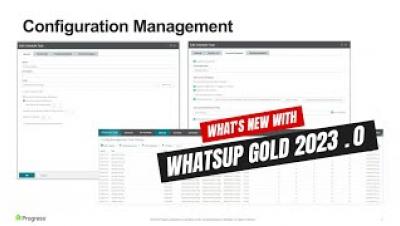What Is APM and How Can It Help Your Services/Applications?
APM is one of those buzzwords that is slowly becoming a necessity. Most people are still unsure what APM means and how it can help their services. But what is it? What does it stand for? And how can it help your services or digital products? This blog will answer your questions—and more.




